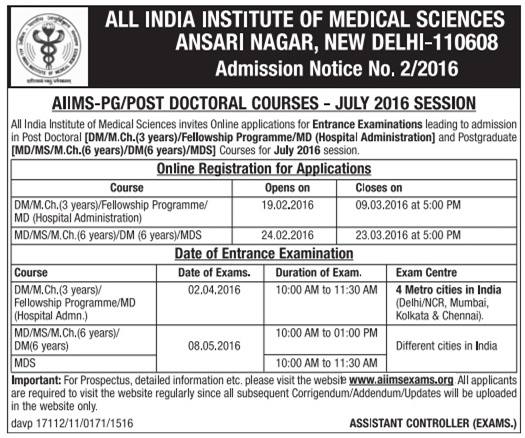Budget 2016: Jaitley announces 3,000 new drug stores, dialysis centres
The government will set up 3,000 new generic medicine stores across the country to tackle the shortage of drugs in rural areas, finance minister Arun Jaitley said on Monday. "For the better availability of generic medicines in the country, especially in the rural areas, the government has decided to open 3,000 new generic medicines stores," said Jaitley, presenting the Union Budget for 2016-17 in the Lok Sabha. He also announced the launch of a National Dialysis Programme to address the high costs involved in the renal dialysis processes. Under the programme every district hospital will have the facilities of renal dialysis, so that people do not have to travel to the expensive hospitals of metro cities, he said. At least 2,000 new dialysis centres will be started in the country under the programme.

